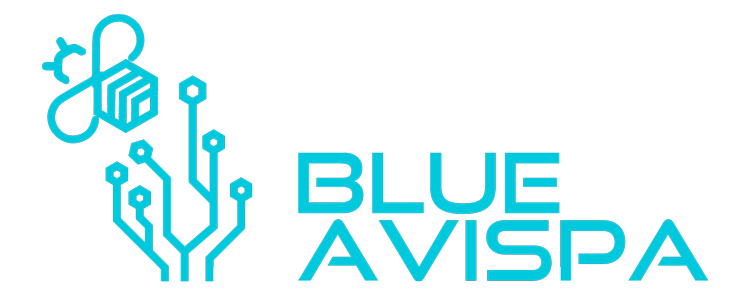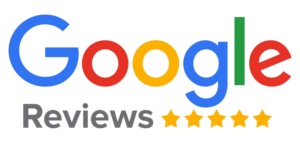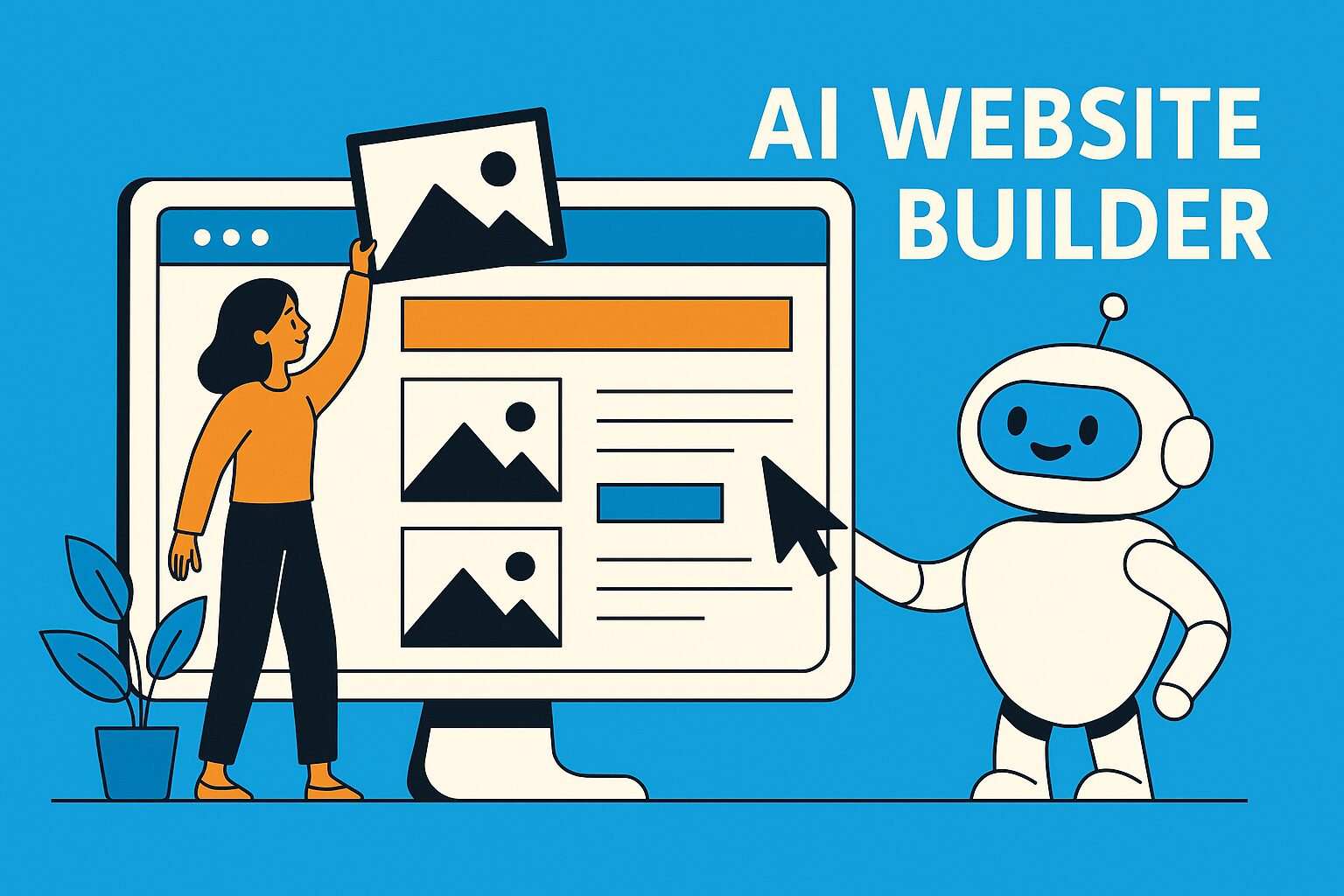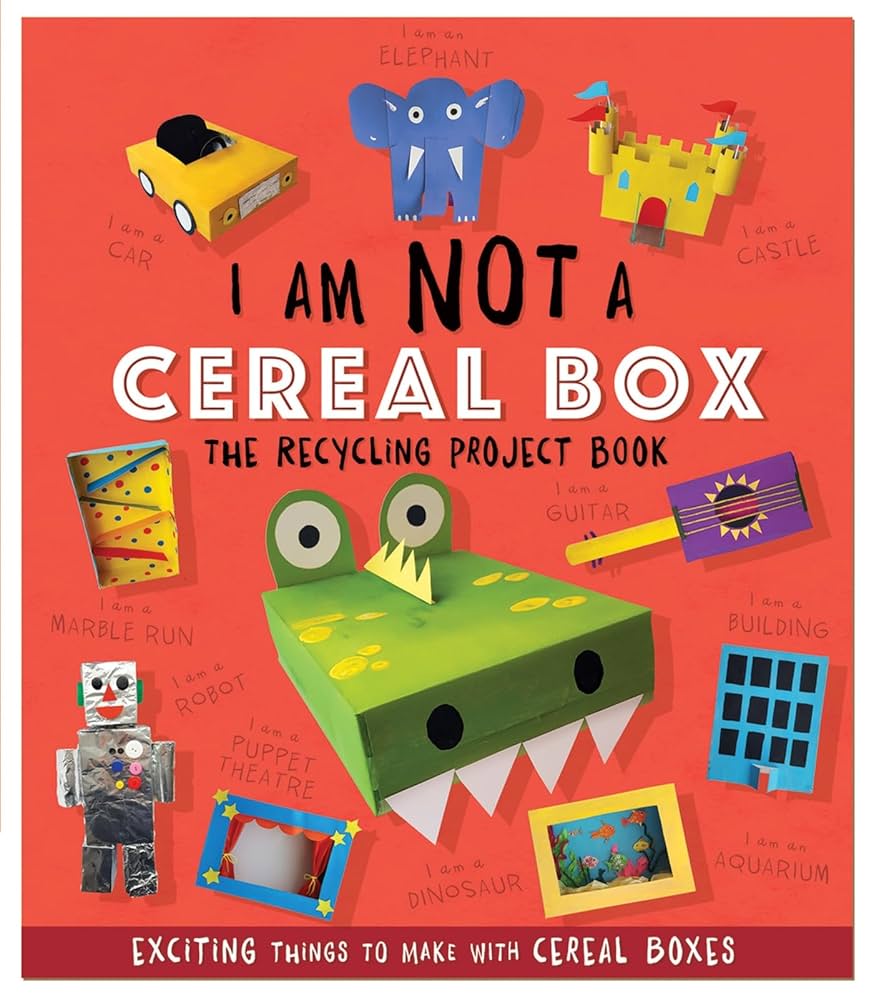I recently had a chat with a friend (again) who took over a task for me. He’s an exceptional designer and he likes tech. Here’s what I’ve come to notice: he looks to AI frequently to solve tech problems.
There have been a few times when he and my other friend have reached out to me for help. Recently I was told he had chatted with ChatGPT for hours and couldn’t figure out the problem.
ChatGPT had no background context for what was going on. It didn’t know about theme development, in-depth CSS, multiple themes, and how they might interact. For me the solution was simple. Even without context, I know how the themes and plugins work and could have made a workaround in 5 minutes and fixed it entirely within 20–30 minutes max. Why? Because I’ve been making websites for years.
I’ve found that whether I’m playing a video game and I wasn’t paying attention and then need to figure something out, or I’m fixing my car or doing some other very specific task, ChatGPT—no offense—can’t help and often just makes stuff up. You’ll see this with Google’s Gemini too when you search for instructions. It just sees what it can find online and makes a composite. ChatGPT went so far as to make up names of things and places, presumably by combining relevant instructions and related threads online. What it came up with were instructions that were totally wrong and entirely useless.
So, what can I do about it? Well, I don’t have much free time, so I asked ChatGPT to do some deep research on the issue and use the most credible sources it could find (because seriously, if you don’t specify the sources you get all sorts of weird references). Note that I do find ChatGPT to be an invaluable business tool, and AI—when you feed it the right parameters—can yield wonderful results.
So without further delay, here’s what ChatGPT has to say about… ChatGPT.
Using ChatGPT for Website Development & Content Creation—Pros, Cons, and Where Human Expertise Still Wins
1 Why people reach for ChatGPT
Large-language-model (LLM) tools like ChatGPT can write copy, scaffold code, and explain complex ideas in plain English.
OpenAI itself stresses the model’s versatility—while also acknowledging its sensitivity to prompt phrasing and its fixed knowledge cut-off date
OpenAI.
Analyst firms such as Gartner and
Harvard Business Review
frame generative AI as a “force multiplier” that accelerates routine work and sparks creativity, provided humans remain in the loop.
2 Key pros for developers, creators, and owners
| Benefit | How it helps | Representative evidence |
|---|---|---|
| Speed & scale | Draft blog posts, landing pages, or boiler-plate code in seconds. | WSJ notes autonomous coding bursts that compress days of work into minutes. |
| Idea generation | Break writer’s block; brainstorm layouts or features. | HBR study found teams using ChatGPT produced more—and more original—product ideas than control groups. |
| Automation of repetitive tasks | Generate unit tests, meta-descriptions, schema markup, alt-text, etc. | Forbes outlines prompt patterns that build an entire content calendar in minutes. |
| Consistent voice & formatting | Once given style rules, the model keeps tone uniform across hundreds of assets. | Gartner highlights quick-win productivity boosts in marketing copy and documentation. |
| On-demand explanations & tutoring | Paste an error trace or snippet; get a plain-English diagnosis and sample fix. | IEEE Spectrum review shows AI explanations help novices understand unfamiliar APIs. |
3 Core limitations (and hard lessons)
| Limitation | Why it matters | Illustrative source |
|---|---|---|
| Shallow or missing project context | The model sees only what you paste; it can’t infer hidden cascade issues like an unused theme still loading CSS. | Gartner warns that generative AI output always needs human validation. |
| Variable code accuracy | Academic tests show success rates can vary from <1 % to 89 % depending on task complexity. | Summarised in IEEE Spectrum multi-language benchmark. |
| Hallucinations and factual errors | Chatbots can invent citations or APIs. Several lawyers were sanctioned for filing briefs with fake AI-generated cases. | Reuters; Stanford HAI finds legal LLMs hallucinate 17–34 % of the time. |
| Bans & policy friction | Stack Overflow temporarily banned ChatGPT answers because moderators couldn’t keep up with low-quality posts. | Stack Overflow policy |
| No substitute for judgement or originality | Productivity gains stall if organisations assume AI can “think” for them; human curation is still required. | Gartner and HBR both emphasise the need for human oversight. |
| Knowledge staleness | Public GPT-4 doesn’t “know” anything published after its training cut-off unless you provide it. | OpenAI documentation on model limitations. |
| Privacy / IP risk | Anything pasted into a consumer model can leave your environment; firms use RAG or private deployments to reduce leakage. | WIRED |
4 General research vs deep research vs hands-on mastery
| Level | What ChatGPT can do | What it can’t |
|---|---|---|
| General research (broad overviews) | Summarise topics like “What is CSS Grid?” or “Top storytelling frameworks” in seconds. | May omit caveats, miss very new info, and always needs fact-check. |
| Deep research (multi-source synthesis & troubleshooting) | Analyse error logs you paste, draw comparisons across docs, suggest test plans. | Cannot inspect a live server, run code, or observe user behaviour. |
| Professional experience | None—the model predicts text; it has never deployed a site at 3 a.m. or presented copy to a CFO. | Only seasoned humans spot subtle CSS priority issues, security flaws, or audience-specific nuances. |
5 Practical take-aways
- Treat ChatGPT as an accelerant, not autopilot. Use it for first drafts, boiler-plate, and “rubber-duck” explanations.
- Supply full context—configs, theme names, final HTML—to avoid half-correct answers.
- Layer human review: test code, run accessibility checks, and copy-edit content before publishing.
- Ground the model with trusted documents or a private RAG stack if accuracy is mission-critical.
- Invest in skills, not shortcuts. Teams already strong in their craft benefit most because they can spot AI misfires.
Bottom line: Generative-AI tools can shave hours off development and content workflows and expand your creative bandwidth. But they are probabilistic parrots, not seasoned pros. Pair ChatGPT with disciplined prompts, strong validation, and real-world expertise, and you’ll get the upside without the costly detours.




